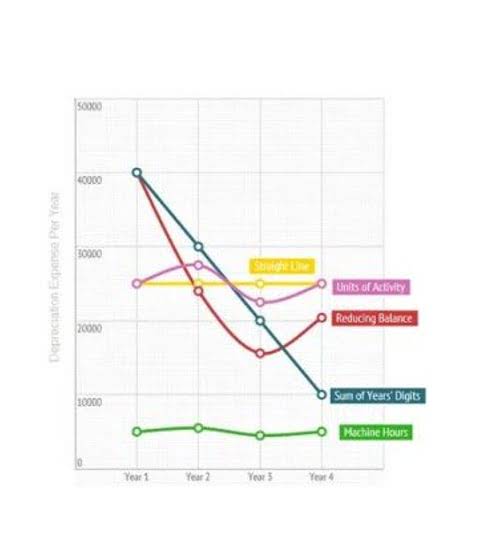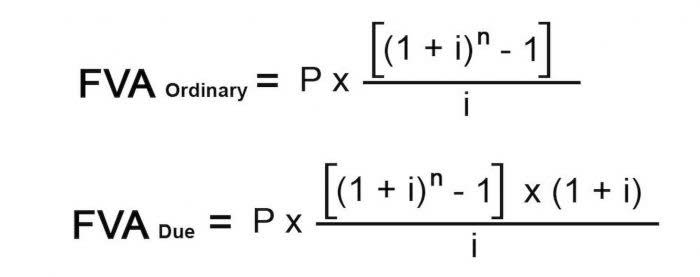The net reported amount of the gross receivable and the allowance is the amount of receivables outstanding that management actually expects to collect. When a sale is made on credit, it is recorded as revenue on the income statement even though payment has not been received. This means that accounts receivable increases revenue in the short term but does not represent actual cash flow until payment is received.
Impact of Accounts Receivable on Companies
For example, the accounts receivable subsidiary ledger provides the details to support the balance in the general ledger which accounts are found on an income statement control account Accounts Receivable. A stockholders’ equity account that generally reports the net income of a corporation from its inception until the balance sheet date less the dividends declared from its inception to the date of the balance sheet. Things that are resources owned by a company and which have future economic value that can be measured and can be expressed in dollars. Examples include cash, investments, accounts receivable, inventory, supplies, land, buildings, equipment, and vehicles.
- Estimating ECLs is complex, requiring extensive data analysis, including borrower-specific information, macroeconomic indicators, and industry trends.
- When a business sells goods or services on account, it creates an accounts receivable.
- In this case, you’d debit “allowance for uncollectible accounts” for $500 to decrease it by $500.
- In such cases, it’s the secured creditors (the banks and other lenders that have a lien on specific assets such as cash, receivables, inventory, equipment, etc.) who are paid first from the sale of the assets.
- Journal entries for an accounts receivable record are a critical component of the accounting process for businesses that extend credit to their customers.
- Understanding the difference between accounts receivable and revenue is critical for accurate financial reporting and decision-making.
Create a Free Account and Ask Any Financial Question
The credit term usually ranges from 30 days to 90 days for customers to pay the amount owed on the credit purchase. Law Firm Accounts Receivable Management This way their customers will be happy as they can receive goods without the need to pay the money today. Accounts receivable are the amount the company expects to receive in the future, but sometimes not all balances are collectible. Hence, the company might need to estimate the uncollectable amount which is called “allowance for doubtful accounts”.
Reduce the accounts receivables workload for your team with a credit control specialist
Unfortunately, companies who sell on credit often find that they don’t receive payments from customers on time. In fact, one study found that if the credit term is net 30 days, the money, on average, arrived 45 days after the invoice date. In order to speed up these payments, some companies give credit terms that offer a discount to those customers who pay within a shorter period of time. The discount is referred to as a sales discount, cash discount, or an early payment discount, and the shorter period of time is known as the discount period. For example, the term 2/10, net 30 allows a customer to deduct 2% of the net amount owed if the customer pays within 10 days of the invoice date. If a customer does not pay within the discount period of 10 days, the net purchase amount (without the discount) is due 30 days after the invoice date.
By submitting this form, you consent to receive email from Wall Street Prep and agree to our terms of use and privacy policy. Suppose an electronic QuickBooks components supplier received an order from a manufacturer. The manufacturer placed an order and the requested components were delivered based on the purchase agreement.





